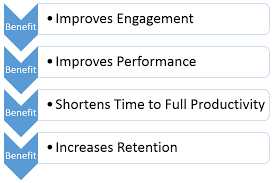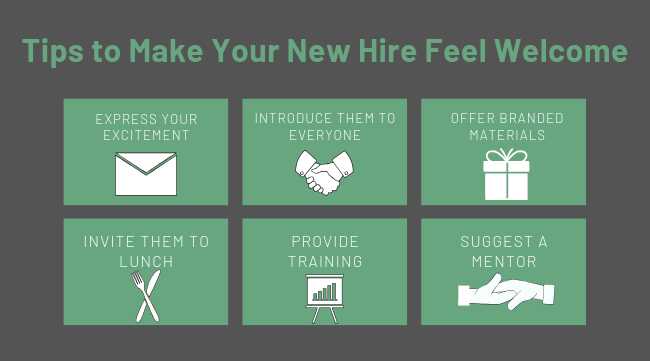
As a HR Manager, your role in the onboarding process is critical to ensuring new employees have a smooth transition into the company. Effective onboarding helps to create engaged and productive employees, reduces turnover, and sets the stage for long-term success. Here's a guide to help you design and implement a successful induction and onboarding process:

Develop a comprehensive onboarding plan: A well-designed onboarding plan will cover everything a new employee needs to know in their first few weeks. This includes information about the company's culture, values, policies, and procedures, as well as their job responsibilities, training, and expectations.
Communicate early and often: Start communicating with new hires before their start date. Send them an email welcoming them to the team and outlining what to expect on their first day. Use a variety of communication channels, such as email, phone, and in-person meetings, to keep in touch during the onboarding process.
Provide a welcoming environment: Make sure that new hires feel welcomed and supported from the moment they arrive. Ensure that their workspace is clean, organized, and equipped with everything they need. Introduce them to their colleagues and make sure they feel comfortable in their new surroundings.
Assign a mentor or buddy: Pair new hires with a mentor or buddy who can provide guidance and support during the onboarding process. The mentor or buddy should be someone who is familiar with the company culture, policies, and procedures.
Offer training and development opportunities: Provide new hires with the training and development opportunities they need to succeed in their new role. This can include job-specific training, as well as professional development opportunities such as attending conferences or workshops.
Follow up regularly: Check in with new hires regularly to see how they are adjusting to their new role and to address any questions or concerns they may have. This will help to ensure that they feel supported and valued as they integrate into the team.
Evaluate the process: Regularly evaluate the onboarding process to identify areas for improvement. Solicit feedback from new hires and use this feedback to refine the process and make it even more effective.
By following these steps, you can create an onboarding process that sets new hires up for success and helps them feel welcome and supported as they join your organization.








Imran Khan 1 y
New employee should be encourage to work more smoothly.